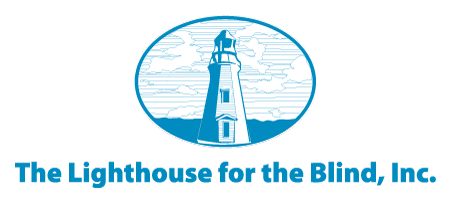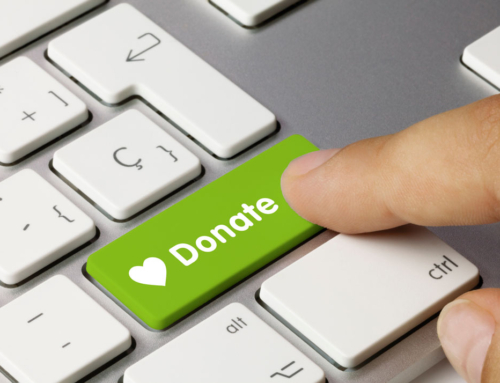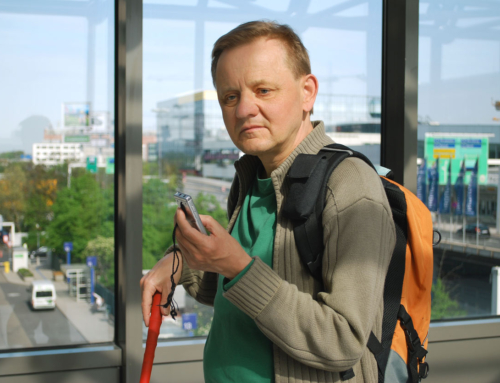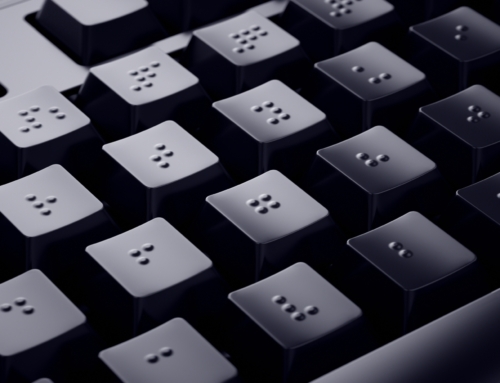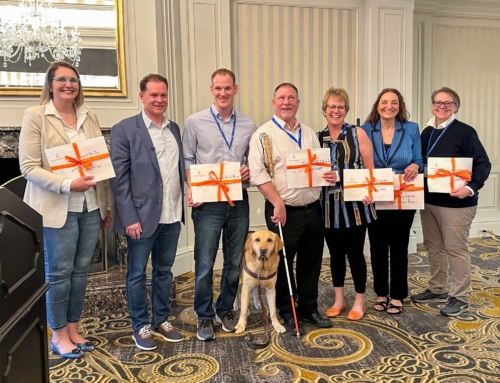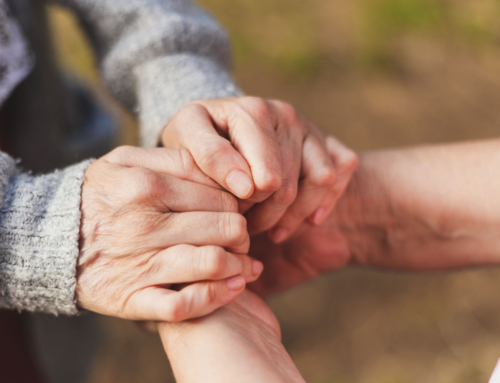
Receiving this grant and delivering the services is a good example of teamwork, both within the Lighthouse and with our legislative and community partners. Senator Patty Murray took the lead in championing efforts to fund this needed training and equipment, and her staff were helpful to us in supporting our request through the appropriations process. We were notified in 2010 that we had received $535,700 specifically for our Safe Travel efforts. Orientation & Mobility Instructors Meg Johnson, Beth Jurco, David Miller, and Alan Kirk, under the direction of Amy Koehl, Senior Director of Employee and Community Services, have been responsible for delivering assessments, training, and equipment since the grant began. They have worked with other partners, including Apple for iPhone tutoring, and Sight Connection for GPS training.
As with many services provided by the Lighthouse, safe travel has no one-size-fits-all solution. Much depends on the individual’s existing travel skills, residual vision, personal preferences, current knowledge of technology, and route specific needs. One person may just need an orange safety vest, while another may need state-of-the-art technology. In the last couple of months of training and assessment there are five types of equipment that stand out as being key for the purposes of this grant. They are the Trekker Breeze, the Miniguide, sun filters, monoculars, and the iPhone 4/4s.
The Trekker Breeze, made by HumanWare, is a handheld, talking, Global Positioning System (GPS) designed for people who are blind or have low vision. The device verbally announces the names of streets, intersections, and landmarks as the user walks through their environment. With this device a commuter knows where they are when they are on foot or riding in a vehicle. 37 people, including three individuals who are Deaf-Blind, are currently exploring the Trekker Breeze.
The Miniguide is an electronic travel aid that uses ultrasonic echolocation to detect objects. Objects such as parked cars, poles, bistro furniture, and low-hanging branches can all be noted and avoided. It can also be used to navigate in coffee shops or around offices. Distance to objects is communicated through vibrations or through sound through an earpiece. The closer a person is to an object, the faster the vibration. The Miniguide is an effective tool when used in conjunction with either a white cane or a dog guide. Six grant participants, including one person who is Deaf-Blind, are working with the Miniguide.
Sun filters come in an array of colored lenses with varying transmission characteristics. As the filtering systems manage the light that reaches the eye, an individual’s functional vision is maximized. Worn like sunglasses, these filters absorb UV radiation and can be a factor in protecting eyes from cataracts. The use of sun filters can relieve discomfort from glare and light sensitivity for pedestrians with low vision. Five individuals are currently working with us utilizing sun filters.
Monoculars are a useful aid for distance vision. They are helpful in reading street signage, checking for landmarks, or spotting the number of the oncoming bus. Four individuals are currently working with monoculars under our grant.
The iPhone 4 or 4s is another promising navigation tool for people who prefer the iPhone’s GPS system to that of the Trekker Breeze. Information about using the iPhone for safe travel has been made available through group meetings, support groups, and individual trainings. We have personnel from Apple providing tutorials for interested iPhone travelers. We currently have 29 people interested in using iPhone 4 or 4s for their safe travel needs.
We are very excited to be able to translate this funding into real tools, training, and skills to enhance the safety and independence of our employees and community members on their daily commutes and explorations.
